calsfoundation@cals.org
George Richard Mann (1856–1939)
George Richard Mann, an architect educated at the Massachusetts Institute of Technology (MIT), was hired to design the Arkansas Capitol in 1899. He moved to Little Rock (Pulaski County) and developed a highly respected practice, taking on projects that included many of the largest and most significant buildings constructed in Arkansas in the first thirty years of the twentieth century. When he died in 1939, Mann was considered by some the “dean of Arkansas architects.”
George Mann was born in Syracuse, Indiana, on July 2, 1856. He was the son of Richard F. and Elizabeth Defreese Mann. His father was in the milling business but was killed as a soldier in the Civil War.
When not in school, Mann worked on his mother’s family’s farm. He learned mechanical drawing and received encouragement to pursue architecture from his uncle, Rollin Defreese, a furniture maker. W. H. Brown, a neighbor who was an architect, employed Mann for two years as a draftsman and urged him to apply to MIT, from which he graduated in 1876. He then worked for two years for a New York firm, McKim, Mead, and White—a highly respected and enormously busy firm that became the largest architectural office in the world. Mann wrote in an autobiographical sketch that he developed a friendship with Standford White, the partner who was considered the “most adventuresome artist” of the three influential partners. The firm adopted classicism, using details that adhered to Renaissance, Georgian, and Roman sources. Mann’s own building designs were to reflect the influence of that firm.
In 1879, Mann returned to the Midwest and opened an office in Minneapolis, but the following year he moved to St. Joseph, Missouri, where the construction industry was very busy. He became a partner in a small firm and designed buildings to be built not only in Missouri but also in Nebraska, Iowa, Kansas, Illinois, and Texas.
In St. Joseph he met and married Carrie L. Rock. They had three daughters: Elizabeth; Wilhelmina, who married J. N. Heiskell, editor and president of the Arkansas Gazette; and Georgia, who married George H. Burnett, whose company manufactured food flavorings such as vanilla extract.
During his years in Missouri, Mann began entering regional and national design competitions, a way for a talented and energetic young architect to gain access to major projects. He either won or placed in several competitions, for projects including the St. Louis City Hall and capitols for the states of Washington, Minnesota, and Montana.
Mann was living in St. Louis when he read that Daniel W. Jones, the governor of Arkansas, was considering a new capitol for the state. Mann visited Little Rock in 1899, and after an encouraging meeting with the governor, he sent drawings of his design for the Montana State Capitol, which had not been built. They were hung on the walls of the 1830s Capitol to generate interest in a new building. The strategy worked. The drawings’ attractiveness not only eased the passage of the bills calling for the new building but also drew attention to the architect.
In 1899, Mann was selected as architect by a seven-member commission that included future governor George W. Donaghey. Donaghey opposed Mann’s selection and advocated a national design competition, but the majority of the commission voted for Mann. Shortly thereafter, Mann moved his family to Little Rock.
While working on the Capitol, he was offered other commissions, including one for the Marion Hotel. Soon Mann had an active practice in Little Rock. He designed many of the city’s landmark structures during those years, including the Southern Trust Building, the Bank of Commerce, the State Bank Building (later called the Boyle Building), the Blass Department Store, the Gazette Building, and the addition to the Pulaski County Courthouse.
His reputation for design extended beyond central Arkansas: his major works outside that area include the high school and Hotel Pines in Pine Bluff (Jefferson County), the Commerce National Bank and Youree Hotel in Shreveport, Louisiana, the Bentley Hotel and the city hall in Alexandria, Louisiana, and the Thompson Building and the Hale and Fordyce Bathhouses in Hot Springs (Garland County).
Mann did not complete the Arkansas Capitol. Most of the exterior of the building was constructed according to his plans and under his supervision. However, the dome and the interior were constructed on at least partially redesigned plans. Mann had been selected the architect for the Capitol in 1899 and served in that capacity until 1909. He endured constant animosity and political fighting between governors and gubernatorial candidates. He was accused of poor supervision and of charging fees that were too high, though his were the usual fees for work of this complexity. The contractor was accused of bribery, fraud, and shoddy construction. Finally, in 1909, Mann was removed as architect of the project, and Cass Gilbert, then the president of the American Institute of Architects, was selected to complete the building. The unfinished building was occupied in 1911 and finally completed a few years later. Although he was not the architect after 1909, Mann maintained that the interior generally followed his plan and that the dome was based on his design for the Mississippi Capitol.
In 1913, Mann joined with Eugene J. Stern under the name Mann and Stern. The string of commissions for major buildings continued with the A.O.U.W (Ancient Order of United Workmen) building in Little Rock; the Beaumont Hotel in Beaumont, Texas; the Grim Hotel in Texarkana, Texas; the Slattery Building and the Washington Hotel in Shreveport; the Union Bank and courthouse in El Dorado (Union County); and the Arlington Hotel and the Quapaw and Ozark Bathhouses in Hot Springs. Mann described himself as the senior architect on the Little Rock High School (later called Little Rock Central High). Mann and Stern was one of several architectural firms associated with that building.
By 1928, the partnership with Stern had been dissolved. In his autobiographical sketch, written in 1932, Mann simply called the business relationship “unsatisfactory,” and the 1929 Little Rock City Directory reflects a new association with Harry Wanger and Milton King. Among the projects of this new partnership were the Masonic Temple in Fort Smith (Sebastian County), the rebuilding of the old Eastman Hotel in Hot Springs, the North Little Rock High School, the Worthen Bank Building, and the Wallace Building.
Mann died on March 20, 1939 at his home in Little Rock. He is buried in Mount Holly Cemetery. Mann left behind a remarkable collection of beautiful Classical, Craftsman, and Mission style buildings. Along with another architect, Charles Thompson, Mann had dominated the field in Arkansas between 1900 and 1930. His major contributions were government buildings, hotels, and major business buildings, and at least part of the Arkansas State Capitol.
For additional information:
Donaghey, George W. Building a State Capitol. Little Rock: Parke-Harper Co., 1937.
Ledbetter, Calvin R., Jr. Carpenter from Conway: George Washington Donaghey as Governor of Arkansas, 1909–1913. Fayetteville: University of Arkansas Press, 1993.
Mann, George R. Unpublished autobiography. On file at the Quapaw Quarter Association, Little Rock, Arkansas.
Obituary of George R. Mann. Arkansas Gazette. March 21, 1939, p. 7.
Treon, John A. “Politics and Concrete: The Building of the Arkansas State Capitol, 1899–1917.” Arkansas Historical Quarterly 31 (Summer 1972): 99–149.
Witsell, Charles, and Gorden Wittenberg. Architects of Little Rock: 1883–1950. Fayetteville: University of Arkansas Press, 2014.
Charles Witsell Jr.
Little Rock, Arkansas
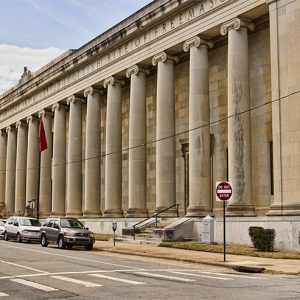 Albert Pike Memorial Temple
Albert Pike Memorial Temple  Bank of Commerce
Bank of Commerce  Blass Department Store
Blass Department Store 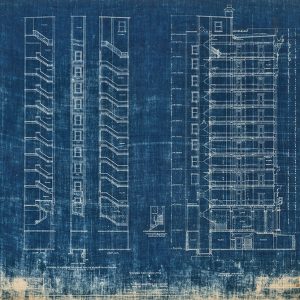 Boyle Building
Boyle Building 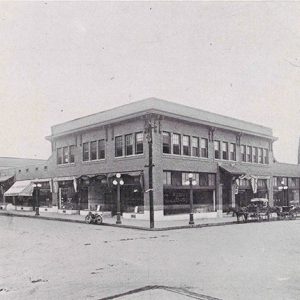 City Market and Arcade
City Market and Arcade 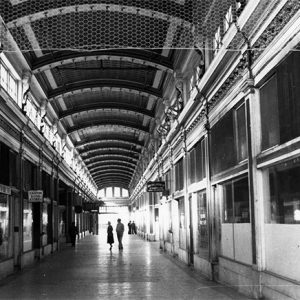 City Market and Arcade Interior
City Market and Arcade Interior 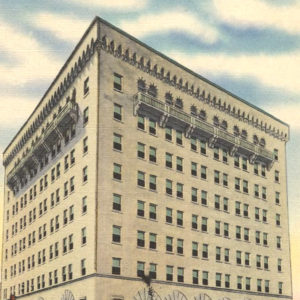 Exchange Bank
Exchange Bank 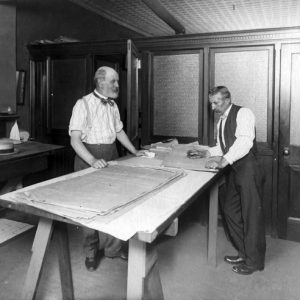 George Mann
George Mann 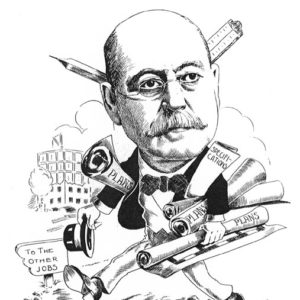 George Mann
George Mann 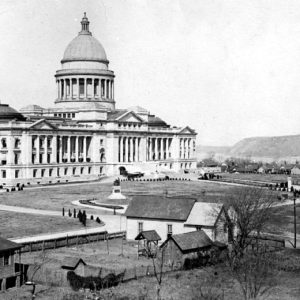 State Capitol Building
State Capitol Building 




Comments
No comments on this entry yet.